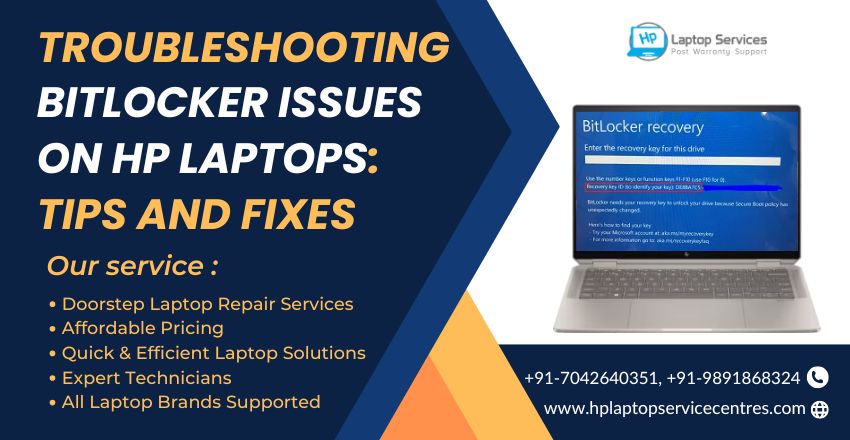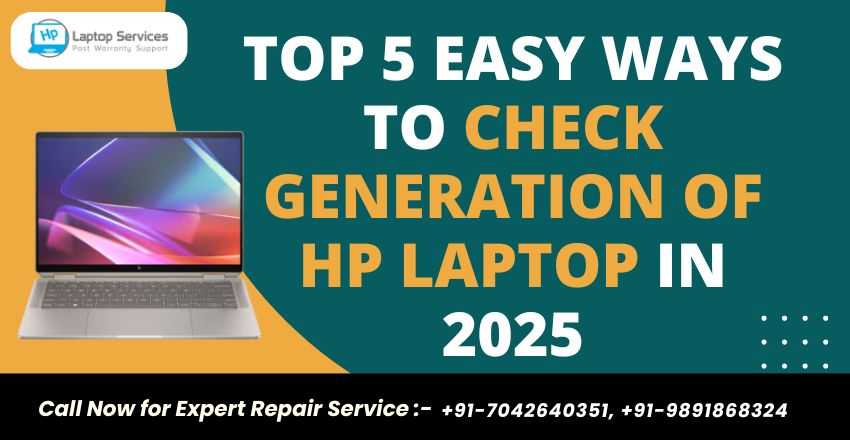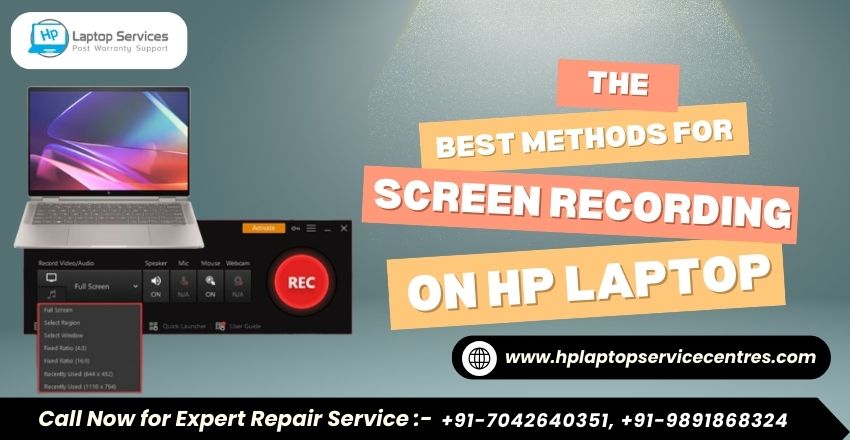Call Us: +91-7042640351, 9891868324
Step-by-Step Solutions for External Devices Not Working on Windows
By Admin | 26 Nov 2024

Imagine this: you’ve plugged in your external hard drive or USB device, ready to transfer important files, but it doesn’t show up. Frustrating, right?
Many users face this issue, whether it’s a USB drive, external hard disk, or other peripherals. The problem often lies within Windows settings, drivers, or software conflicts.
But don’t worry—we’ve got you covered. This blog offers step-by-step solutions to fix external device issues, from quick adjustments in Windows settings to resolving driver conflicts. By the end, your devices will be back in action, hassle-free.
Windows Settings Adjustment
Enable the Device Through Device Manager
Open Device Manager:
- Press Windows + X and select Device Manager.
- Expand categories such as “Universal Serial Bus Controllers” or “Disk Drives” to locate your external device.
Check Device Status:
- If the device is listed with a yellow triangle or red cross, right-click it and choose Enable Device.
- If no errors are visible but the device isn’t working, select Uninstall Device, restart your PC, and reconnect the device.
Scan for Hardware Changes:
- In Device Manager, click Action > Scan for Hardware Changes to detect newly connected devices.
Reset Hardware Policies in Group Policy Editor
Open Group Policy Editor:
- Press Windows + R, type gpedit.msc, and hit Enter.
Navigate to USB Policies:
- Go to Computer Configuration > Administrative Templates > System > Removable Storage Access.
Adjust Policies:
- Ensure all policies related to removable devices are set to Not Configured or Disabled to allow access.
Restart Your System:
- Apply changes and reboot your computer for the settings to take effect.
Driver Conflicts and Updates
Detect and Uninstall Conflicting Drivers
Identify the Problematic Driver:
- In Device Manager, look for devices with a yellow triangle or error message under “Properties.”
Uninstall the Driver:
- Right-click the problematic device and select Uninstall Driver.
- Disconnect and reconnect your device to trigger a fresh driver installation.
Check for Hidden Drivers:
- In Device Manager, click View > Show Hidden Devices and remove outdated or conflicting entries.
Install the Latest Device-Specific Drivers
Manually Update Drivers:
- In Device Manager, right-click your device and choose Update Driver.
- Select Browse My Computer for Drivers and locate the downloaded file.
Use Windows Update:
- Navigate to Settings > Update & Security > Windows Update to check for driver updates provided by Windows.
System Updates and Rollbacks
Ensure Windows Is Up-to-Date
Run Windows Update:
- Go to Settings > Update & Security > Windows Update and click Check for Updates.
- Install any pending updates and restart your PC.
Enable Optional Updates:
- Under Windows Update, click Optional Updates to see if device drivers are listed for installation.
- Roll Back Recent Updates Causing the Problem
Uninstall Faulty Updates:
- Go to Settings > Update & Security > View Update History > Uninstall Updates.
- Select the problematic update and click Uninstall.
Use System Restore:
- Press Windows + R, type rstrui, and follow the prompts to restore your system to a previous state when the device was working.
Call Now for Further Assistance
Still facing issues? Don’t let technical challenges slow you down. Our expert technicians can diagnose and fix the problem quickly.
???? Call us today for immediate assistance at +91-7042640351, 9891868324 or visit our service center for hands-on support.
Expert Laptop Repairs in Your Area – Book a Service Now
- HP Laptop Service Center in Mumbai
- HP Laptop Service Center in Nariman Point
- HP Laptop Service Center in Malad
- HP Laptop Service Center in Santacruz
- HP Laptop Service Center in Goregaon
- HP Laptop Service Center in Andheri West
- HP Laptop Service Center in Powai
- HP Laptop Service Center in Borivali
- HP Laptop Service Center in Dadar
- HP Laptop Service Center in Jogeshwari
- HP Laptop Service Center in Pune
- HP Laptop Service Center in Dapodi
- HP Laptop Service Center in Shivajinagar
- HP Laptop Service Center in Pimpri-Chinchwad
- HP Laptop Service Center in Hadapsar
- HP Laptop Service Center in Sakinaka
- HP Laptop Service Center in BKC Mumbai
- HP Laptop Service Center in Andheri East
- HP Laptop Service Center in Kandivali
- HP Laptop Service Center in Bandra
- HP Laptop Service Center in Mira Bhayandar
- HP Laptop Service Center in Sion
- HP Laptop Service Center in Kalyan
- HP Laptop Service Center in JB Nagar
- HP Laptop Service Center in Lamington Road
Let us help you get your external devices back to work seamlessly!
Looking For A Fast & Reliable Laptop Repair Service
We have professional technicians, fast turnaround times and affordable rates. Book Your Repair Job Today!















